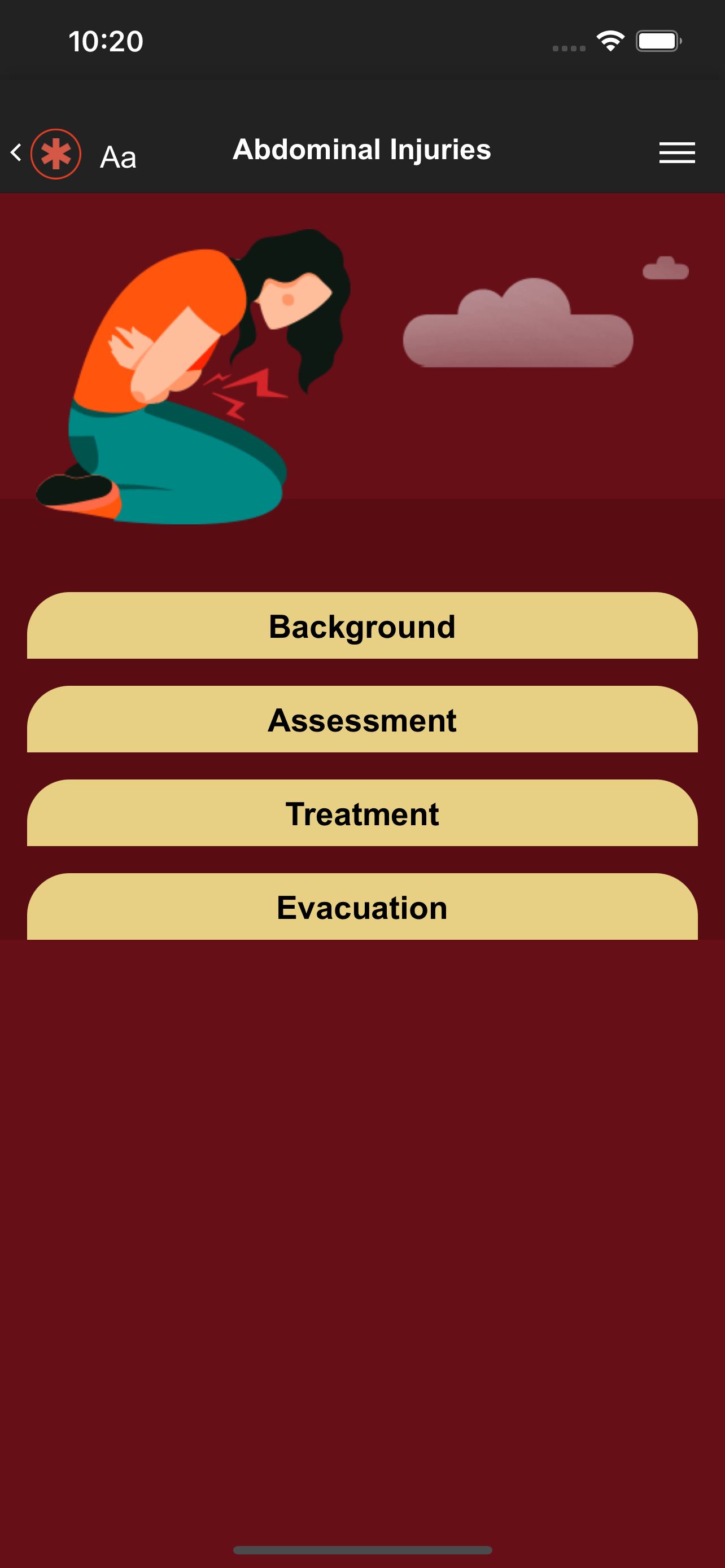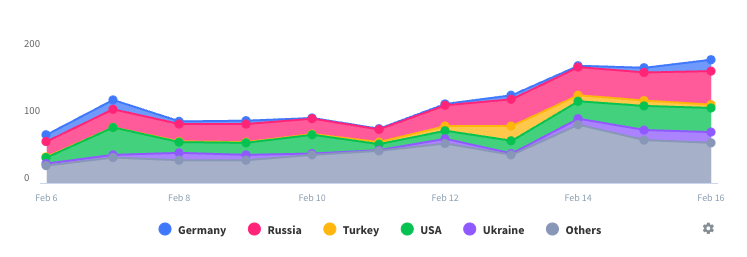Description
Much of the main content of this app focuses on prevention education and strategies to reduce the risks of certain illnesses or traumatic events. Standard medical assessment, diagnosis, treatment, and specific evacuation considerations for many traumatic, medical, and environmental illnesses routinely encountered while in the back country are also presented comprehensively.
In addition, extensive content on subjective decision-making errors, first aid kit recommendations, patient assessment, medications and pain management, trip checklist functions, and cardiac arrest management are included.
Many accidents in the back country can be avoided, and a main focus in this app is on prevention strategies. Significant content unique to this app is the inclusion of “trip checklists”. Checklists have been utilized for a long time in the aviation industry to prevent and react to critical situations, so that important steps are not missed. In this app, the checklists are intended to ritualize discussion of, and provide a framework for, the consideration of common subjective decision-making errors and heuristic factors before, during, and after a trip. Most accidents, or medical care that results in a worse outcome for the patient, will prove to be significantly attributable to these factors, rather than solely a failure of the acquisition or performance of the right skills and knowledge.
This app is mainly geared to the person with little or no medical training, up to a person with a Wilderness EMT, but even people who routinely practice medicine may find useful information within the app regarding environmental illness, subjective decision-making errors, and checklist functions when venturing into the backcountry. Commonly accepted wilderness protocols normally considered outside the scope of non-physician or pre-hospital care providers are contained within. These treatments are the administration of epinephrine for anaphylaxis or asthma, administration of glucagon injection for patients with extremely low blood sugar, reduction of shoulder, patella, or finger dislocation, evaluation of the spine for injury, cessation of CPR, avalanche resuscitation, tourniquet conversion and wound management, which may be performed with direction from a programmatic physician advisor following training.
1. Functions well outside with offline capability.
2. Text size may be conveniently increased.
3. Links contained within take you to relevant content referenced, like
medical information.
4. Real life case studies included to illustrate key points about different
content.
Hide
Show More...













